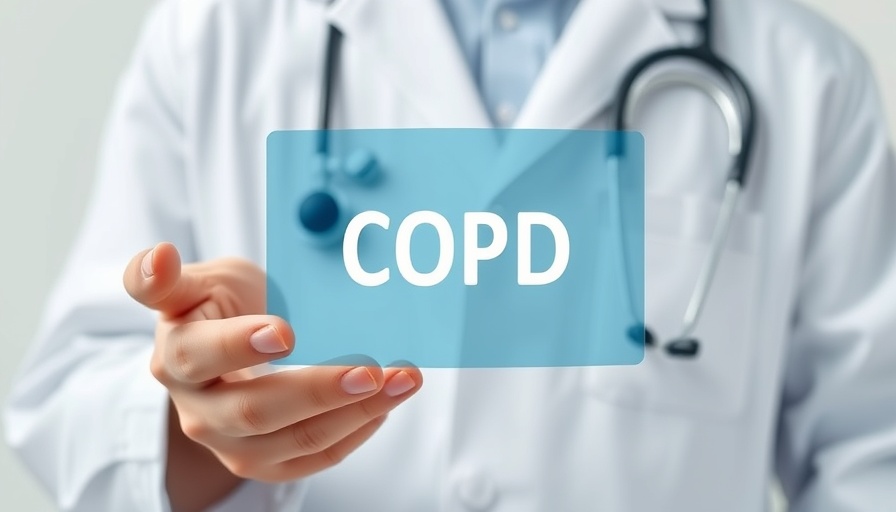
Pfizer's Patent Loss: A Milestone in Vaccine Competition
The recent court ruling has shifted the landscape of vaccine manufacturing, especially in the realm of pneumococcal vaccines. Pfizer, a heavyweight in the pharmaceutical industry, faced off against South Korean firm SK Bioscience in a highly anticipated patent lawsuit. The court sided with SK Bioscience, allowing the company to continue producing a key pneumococcal vaccine, which has pivotal implications for public health and market competition.
Understanding Pneumococcal Vaccines: Why They Matter
Pneumococcal diseases remain a major global health challenge, affecting millions annually. The vaccines designed to combat these infections prevent pneumonia, meningitis, and bloodstream infections, particularly in vulnerable populations like young children and the elderly. With Pfizer's legal defeat, the door is opened for more players to enter the market, potentially lowering costs and increasing access to these life-saving vaccines.
The Bigger Picture: Innovation vs. Patent Protection
This court ruling brings to light the delicate balance between protecting intellectual property and fostering innovation. While patents are designed to incentivize research and development by safeguarding the interests of pharmaceutical companies, excessive protection can limit competition, stifling critical advancements in healthcare. This case underscores a growing sentiment that it’s time to reassess patent laws to better align with public health needs.
Global Vaccine Development: Trends and Insights
Looking globally, the vaccine industry is experiencing a surge of innovation driven by diverse players from various regions. Beyond just enhancing competition, these developments can lead to improved vaccine formulations and more effective public health responses. Market dynamics are shifting as countries like South Korea invest heavily in biotechnology, positioning themselves as key contributors in the global health space.
Public Health Implications: More Access and Lower Costs
For consumers, SK Bioscience's victory means that the availability of pneumococcal vaccines could increase, leading to reduced costs and improved public health outcomes. As production ramps up, prices may stabilize, further enabling widespread vaccination initiatives that are critical in underserved communities.
Embracing Technological Advancements: The Role of Innovation
This situation exemplifies the rapid advancements in biotech and pharmaceuticals, where technology plays an essential role. Manufacturers are now more inclined to leverage cutting-edge technologies such as mRNA vaccine technology, previously harnessed during the COVID-19 pandemic, to improve vaccine efficacy and production speed. By increasing their technological capabilities, companies can optimize their processes to deliver better and faster solutions in public health.
Looking Ahead: What’s Next for Vaccine Development?
The future of pneumococcal vaccines hinges on how pharmaceutical companies respond to this legal defeat. The landscape is ripe for innovative approaches, and SK Bioscience is now positioned to pioneer new horizons in vaccine development. As demand for effective vaccination grows, stakeholders can anticipate a ripple effect across industries, enhancing cooperation and investment toward joint health initiatives.
As we witness a trend of increasing competition in vaccine production, it’s crucial for all stakeholders – from governments to private firms and health organizations – to collaborate and ensure the availability and affordability of essential vaccines for global populations. The fallout from this legal battle is more than just a win for one company; it reflects a significant shift towards a more equitable healthcare framework.
 Add Row
Add Row  Add
Add 




Write A Comment